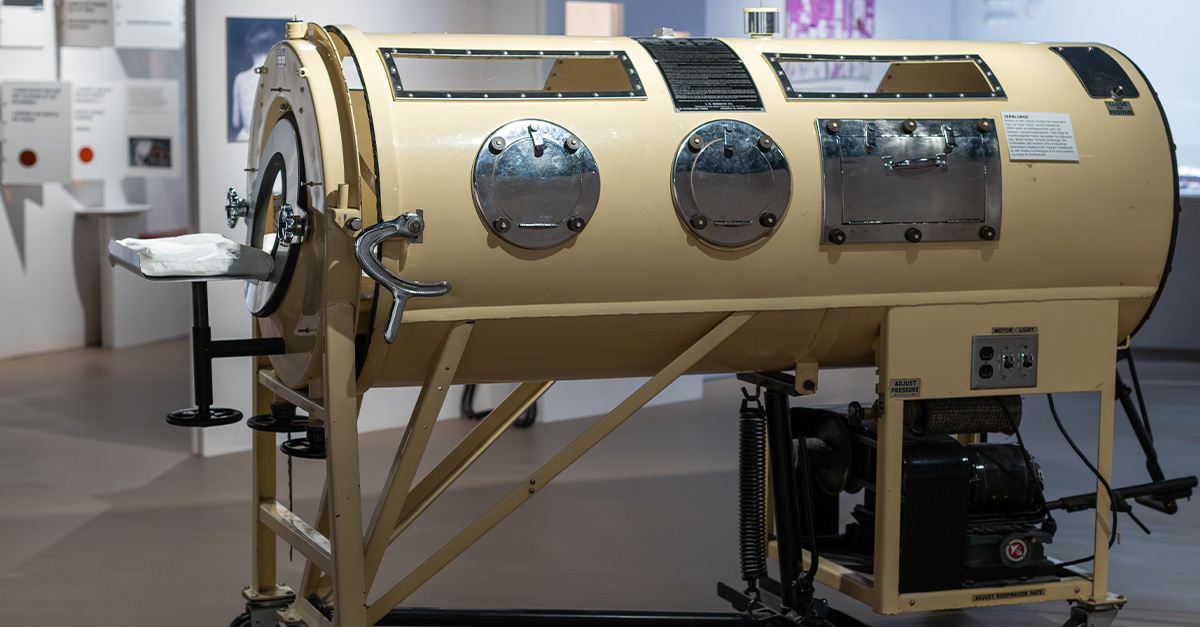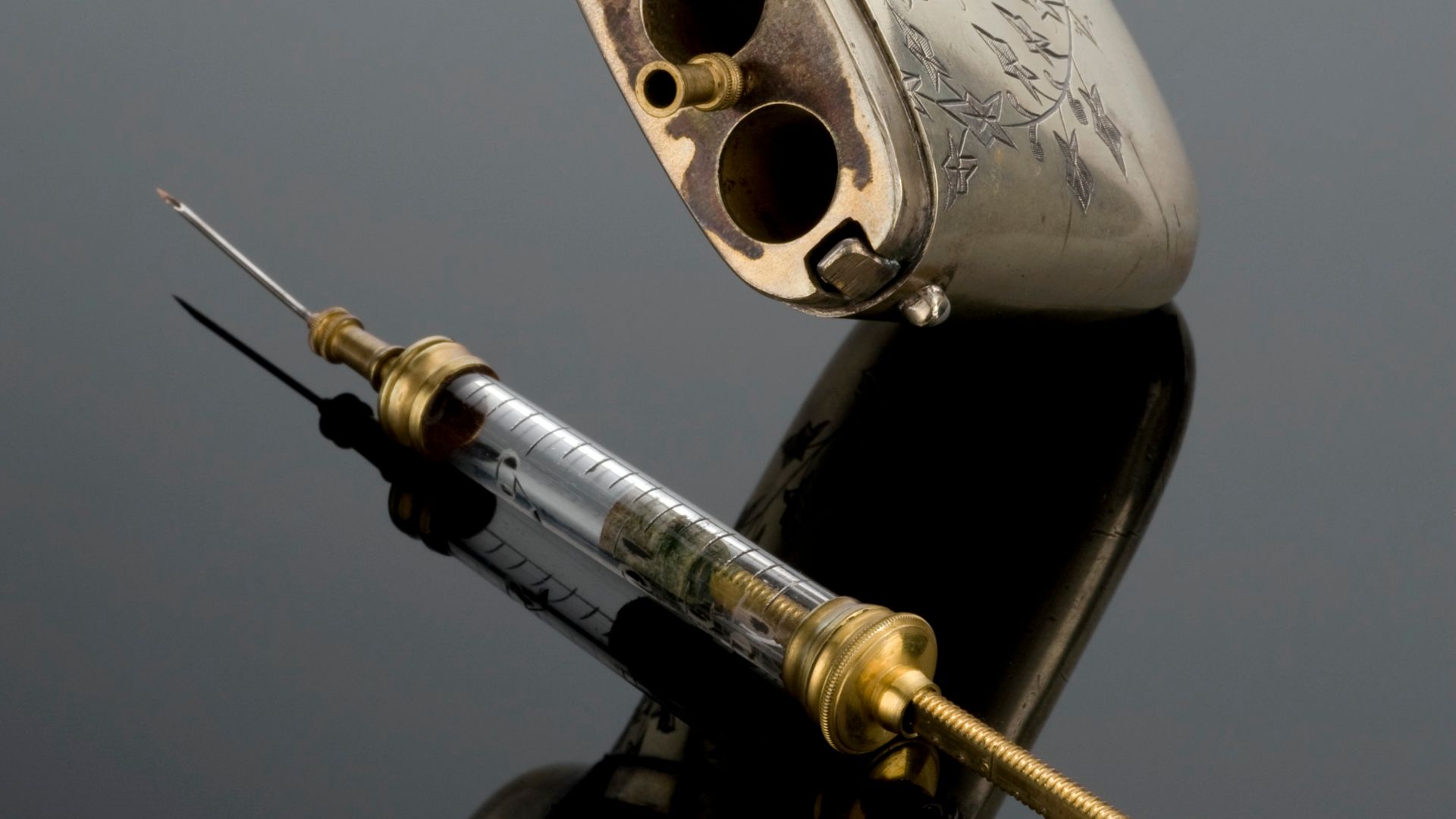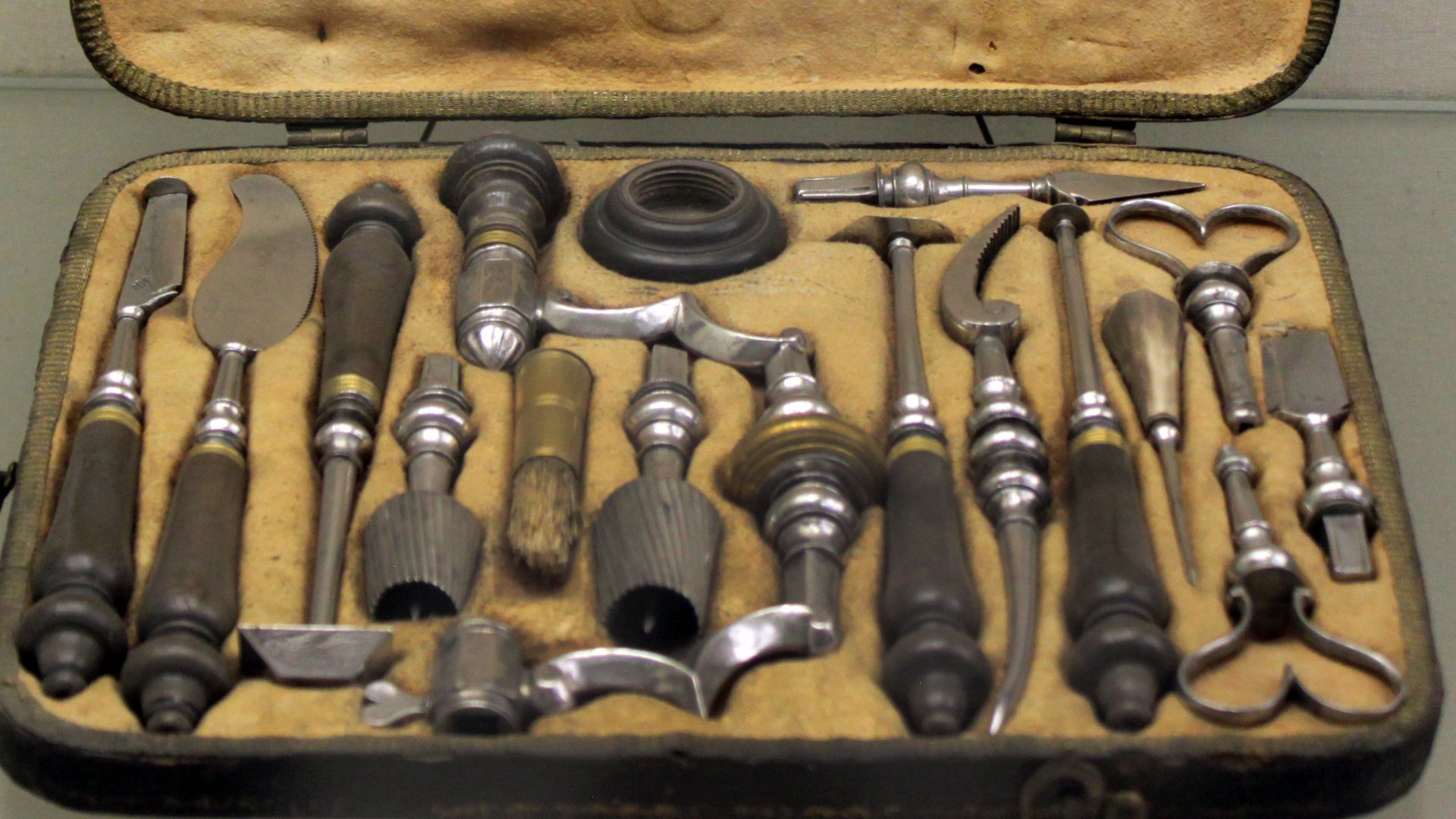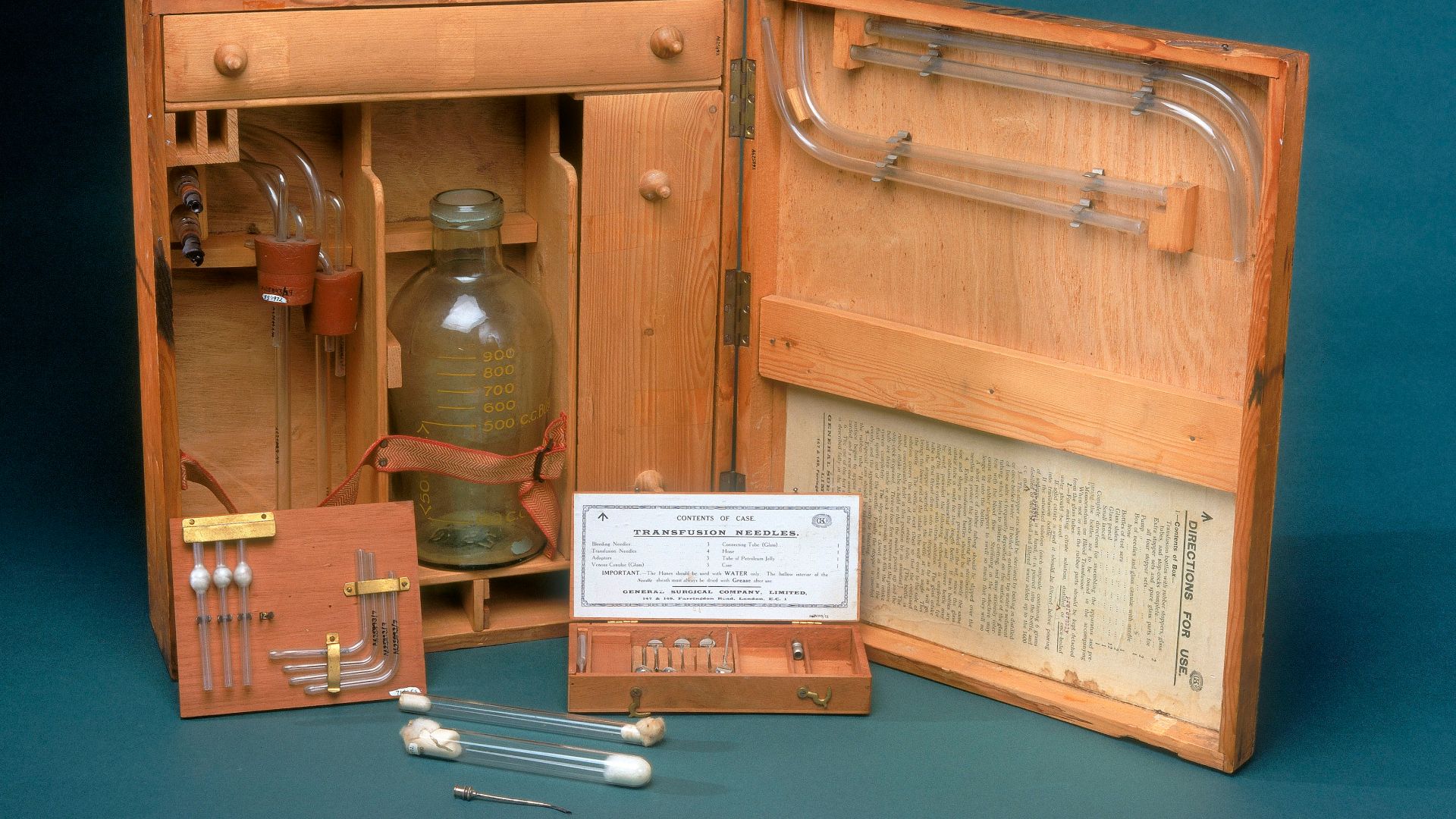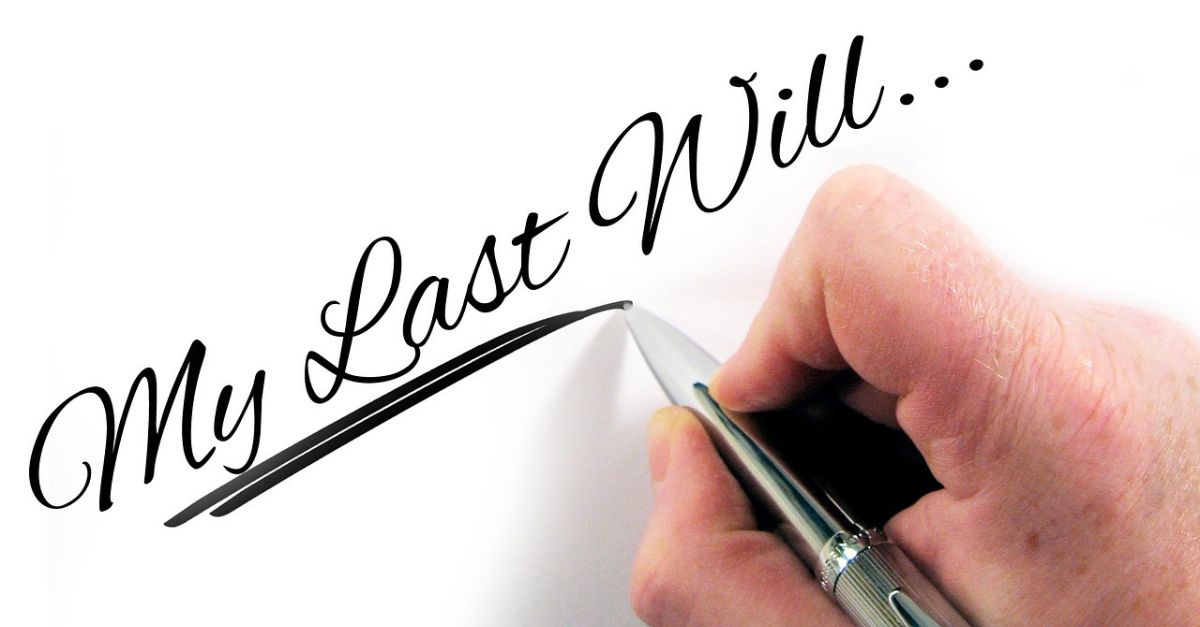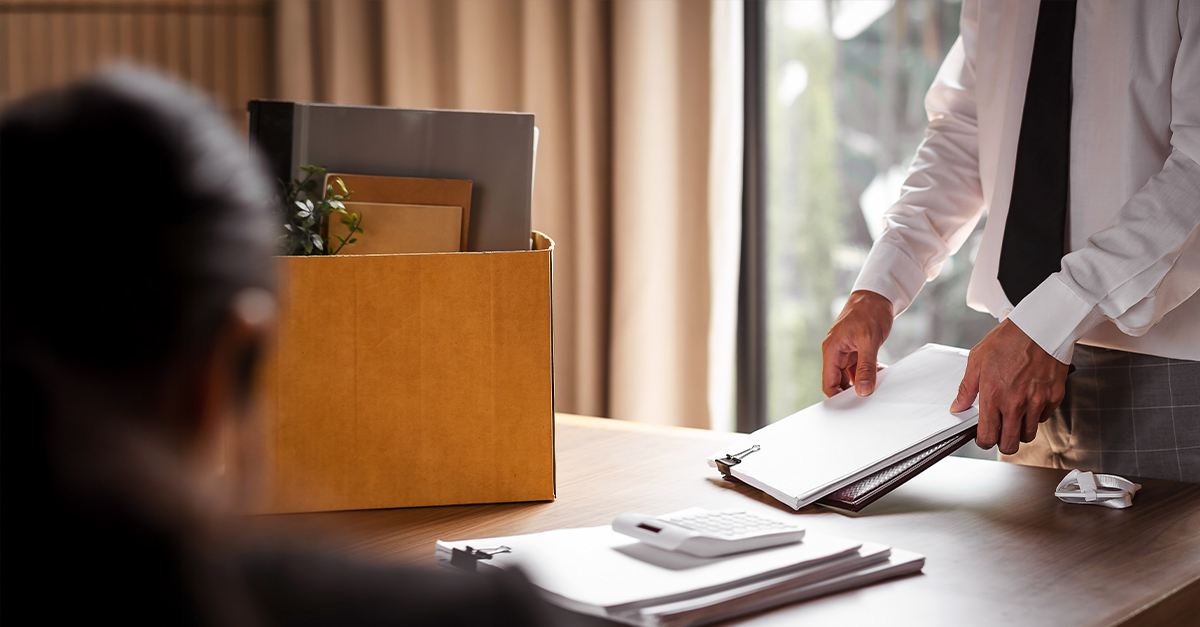If You Own A Defibrillator From The 1980s, You Might be Sitting On Some Money
Not to give you a heart attack, but if you've had an antique medical device locked away in a drawer or your house's wall for the last thirty years, just in case you needed it, you could be sitting on some serious cash. Let's examine some of the rarest and most valuable antique medical devices out there!

Glass Syringe Sets
Originally used in the late 19th and early 20th centuries, glass syringes were sterilizable, reusable tools for delivering medicine. They often came in velvet-lined boxes with stainless steel needles. Today, collectors love them for their craftsmanship and delicate engravings. You can find these for around $25–$50, depending on condition.
Tongue Depressor Kits
In the early 1900s, physicians used reusable metal tongue depressors—quite a leap from today’s disposable wooden sticks. Often stored in small leather or tin cases, they were part of the standard doctor’s bag. Their low price point of $30–$60 makes them accessible for beginners in medical collecting.
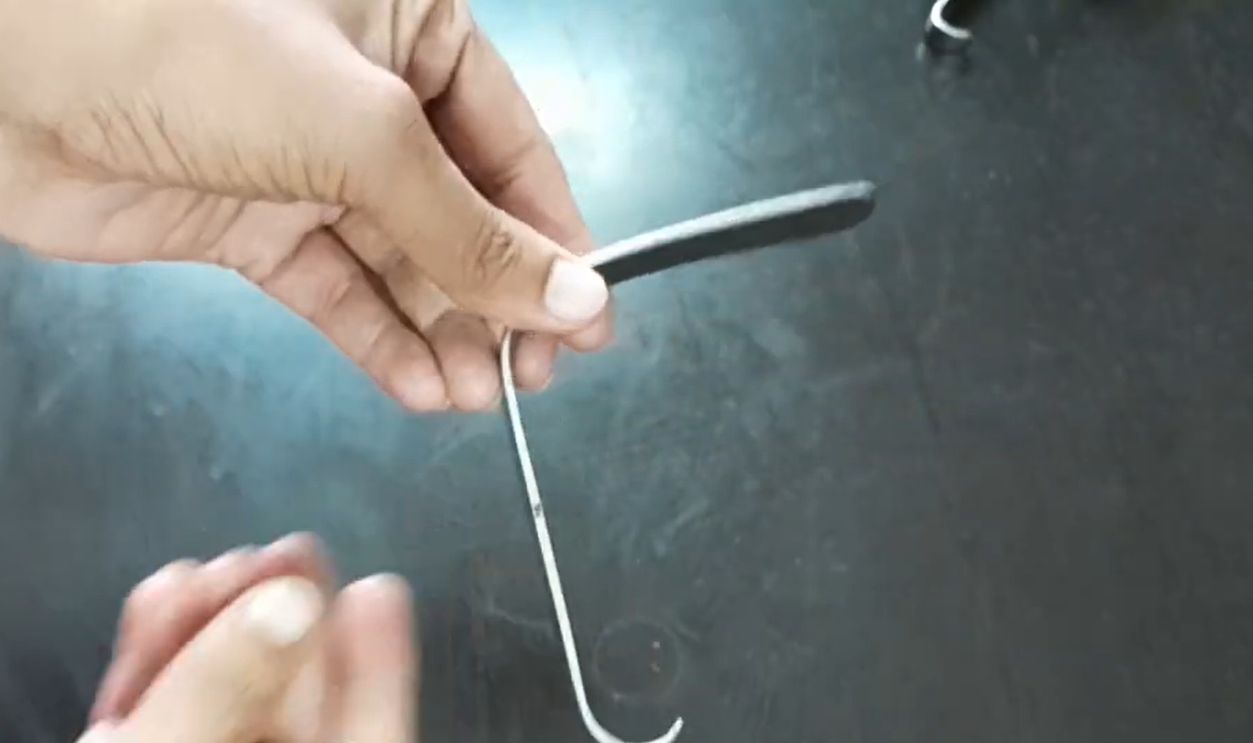 lacks tongue Depressor | ENT instruments for University Examination, Backbencher Medicos
lacks tongue Depressor | ENT instruments for University Examination, Backbencher Medicos
Glass Cupping Sets
Used for “cupping therapy” in the 1800s to improve blood flow and draw out “bad humors,” these thick glass cups were heated and placed on the skin. While still practiced in some forms today, antique sets—often with 6–12 cups—sell for $50–$100 and are prized for their slightly wavy, hand-blown glass.
Ear Trumpets
Before the electric hearing aid, people relied on brass or silver “ear trumpets” to amplify sound. Popular in the late 19th century, they could be elegantly disguised as walking canes or fans. Today, they fetch $75–$150, with unusual designs attracting higher bids.
Scarlet Fever Quarantine Signs
These enamel or painted tin signs were posted on homes during outbreaks in the late 1800s and early 1900s. They warned visitors to stay away—and now serve as chilling relics of public health history. Collectors can snag one for around $100–$175, with bright lettering and original mounting holes adding value.
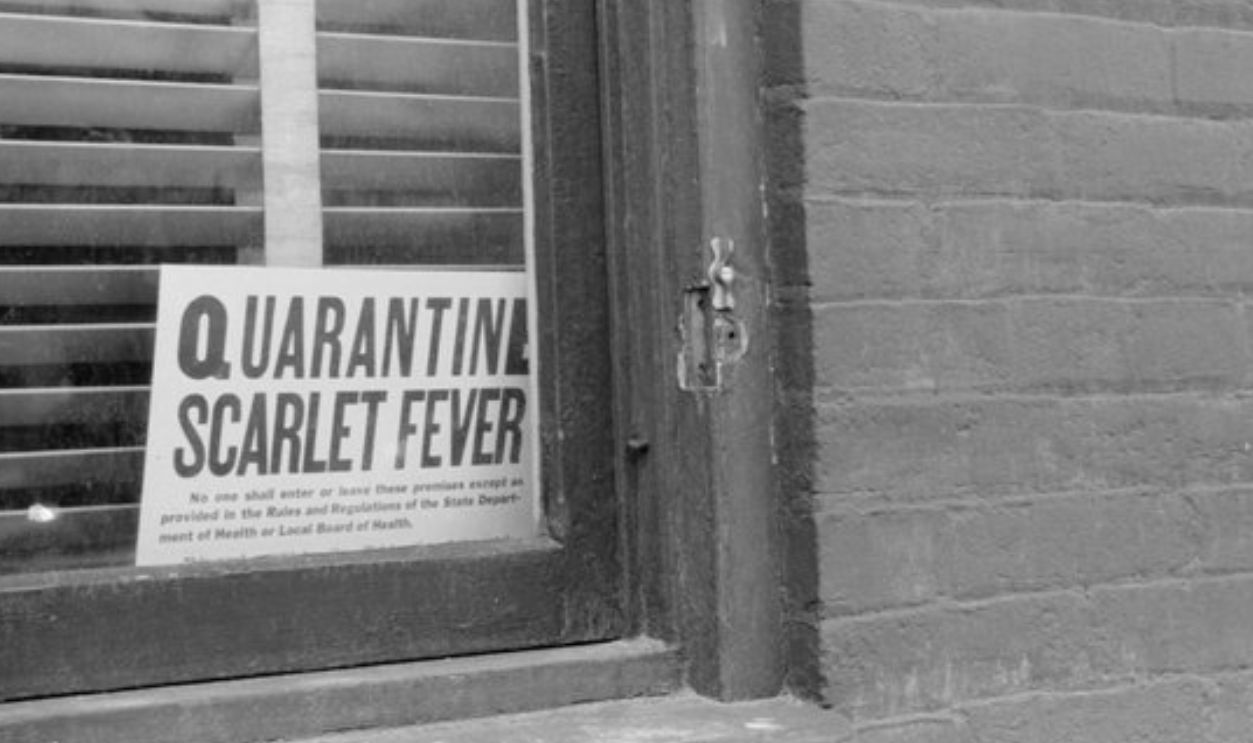 John Vachon, Wikimedia Commons
John Vachon, Wikimedia Commons
Bloodletting Lancets
Used from the 1700s to the mid-1800s, these spring-loaded brass or silver lancets were part of the once-common practice of bloodletting. Many have mother-of-pearl inlays and intricate engraving. Depending on condition, they bring $150–$250 at auctions.
Trepanning Drills
In the 18th and 19th centuries, surgeons used hand-cranked trepanning drills to bore holes in the skull to relieve pressure or treat head injuries. While unsettling, these devices are marvels of early engineering. Expect to pay $200–$300 for a complete, well-preserved example.
Obstetric Forceps
Introduced in the 18th century, obstetric forceps revolutionized childbirth by helping doctors safely deliver babies during complicated labors. Antique sets—especially those with ornate handles—now sell for $250–$400, with sterling silver examples commanding more.
Quack “Violet Ray” Machines
Popular in the early 20th century, these devices claimed to cure everything from acne to arthritis using mild electrical currents and glowing glass electrodes. Despite their dubious science, they’re a hit with collectors for their retro-futuristic look. Prices hover around $300–$450.
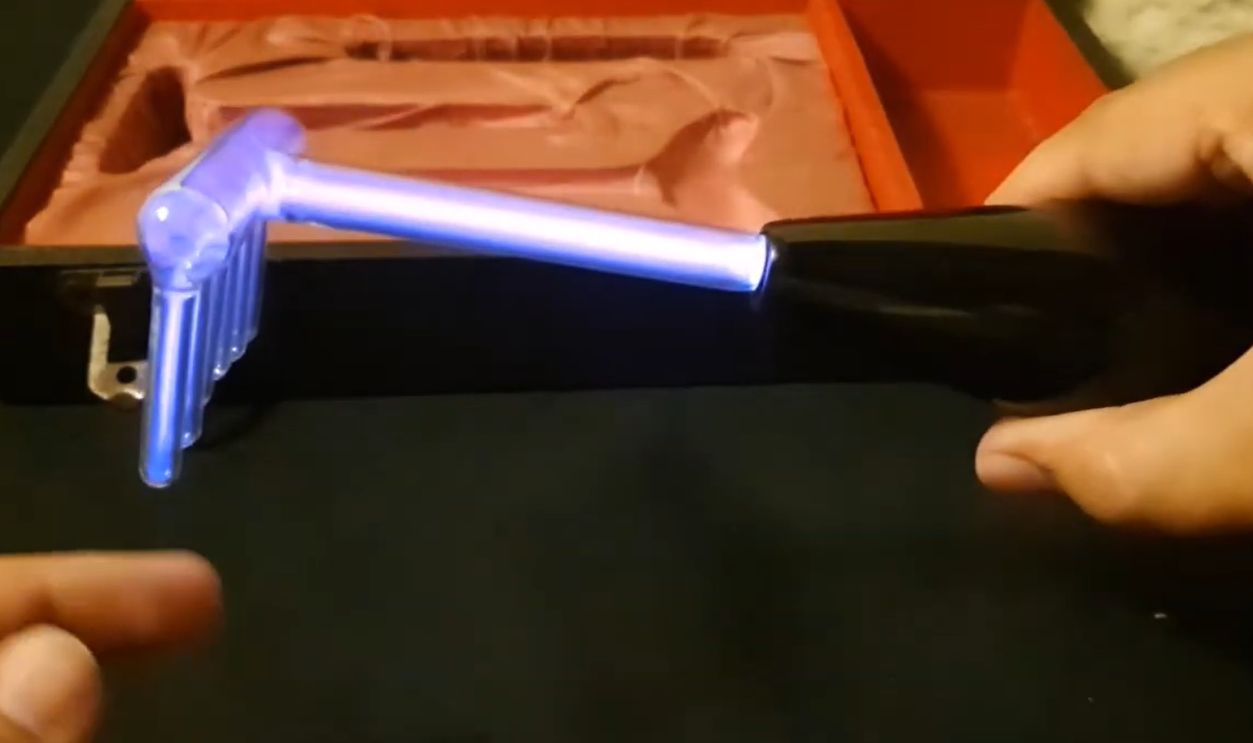 High Voltage Tubes Episode 1 : The Master Violet Ray No. 11, sparkstarter
High Voltage Tubes Episode 1 : The Master Violet Ray No. 11, sparkstarter
Victorian Glass Leech Jars
In the 1800s, leeches were considered medical must-haves for bloodletting, and glass jars with domed lids kept them fresh for use. With their thick, hand-blown glass and ornate labels, they now fetch $400–$600, especially if they retain their original stoppers.
Antique Stethoscopes
Before the modern binaural stethoscope, doctors used simple wooden monaural versions invented in 1816 by René Laennec. These are both elegant and historically significant, often selling for $500–$750 depending on maker and condition.
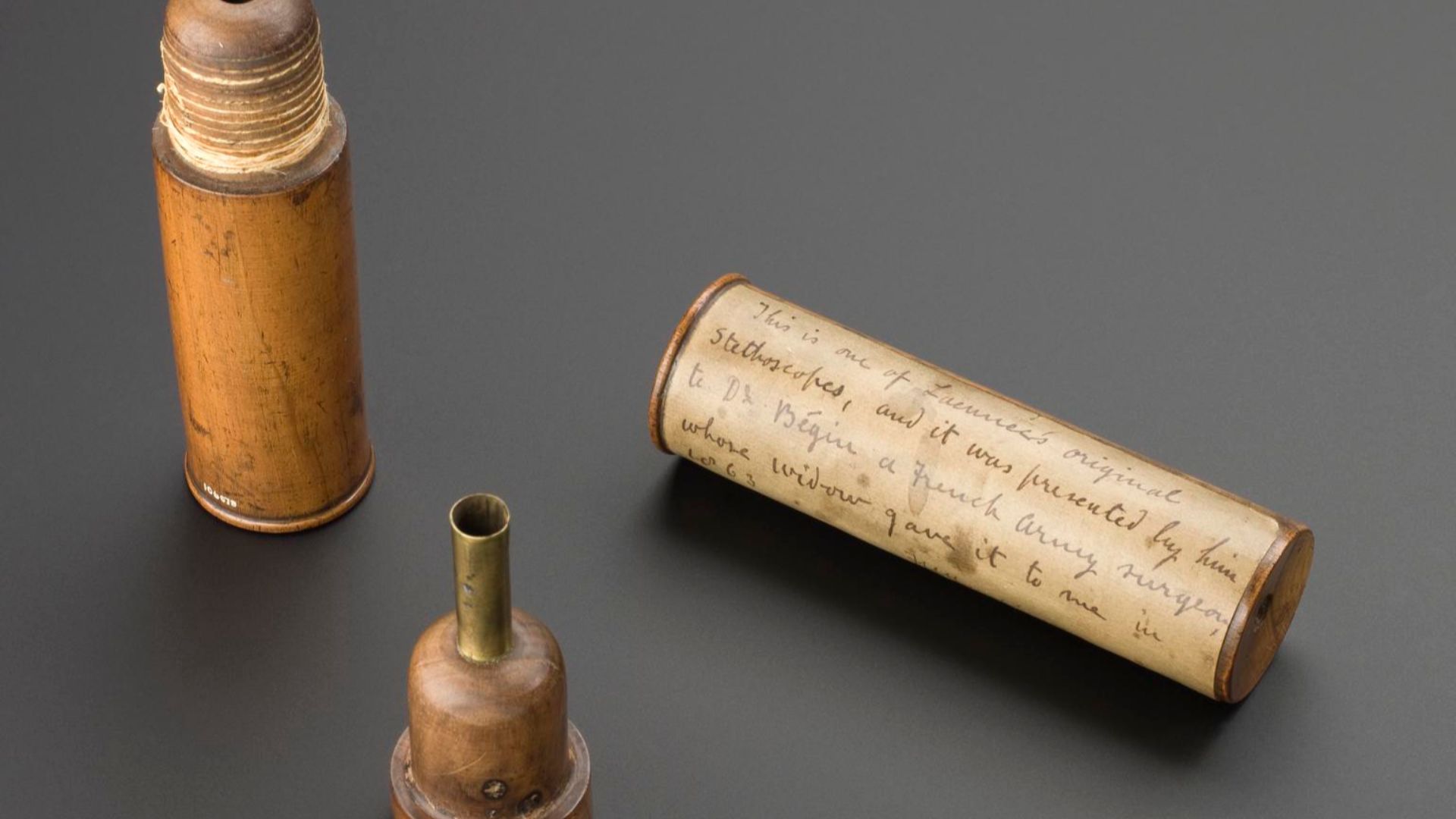 Science Museum Group Studio, Wikimedia Commons
Science Museum Group Studio, Wikimedia Commons
Amputation Saws
From the mid-1800s through World War I, bone saws with ornate handles were standard in battlefield and hospital surgery kits. Though macabre, they’re highly sought after, with clean, well-marked examples going for $700–$900.
 User:Stefan Kuhn, Wikimedia Commons
User:Stefan Kuhn, Wikimedia Commons
Pocket Ophthalmoscopes
Invented in the mid-19th century, these handheld devices let doctors examine the retina. Antique versions in fitted leather cases, particularly those by well-known makers like Keeler or Carl Zeiss, can sell for $800–$1,200.
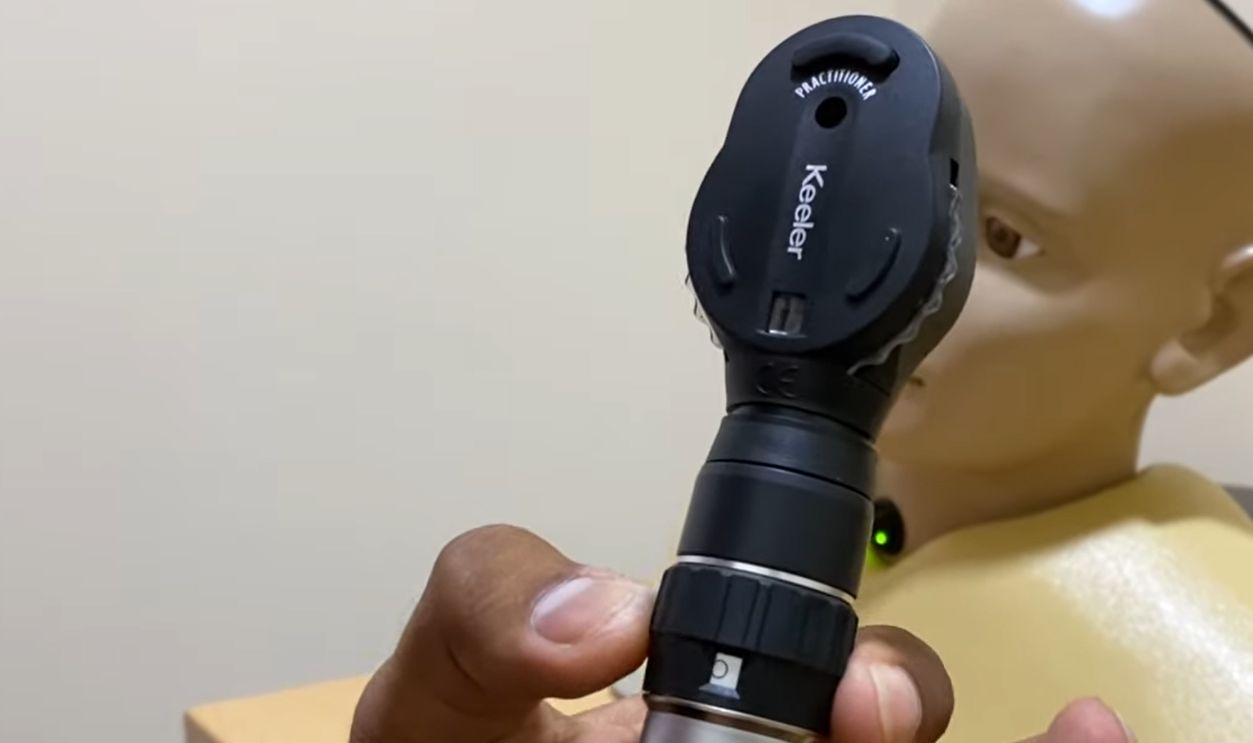 How to use an Ophthalmoscope; #GotAspirEd, Aspire Academy
How to use an Ophthalmoscope; #GotAspirEd, Aspire Academy
Civil War Surgical Kits
Containing scalpels, bone saws, forceps, and suturing tools, these leather- or wood-cased sets were carried by army surgeons. With provenance and complete tool sets, prices range from $1,200–$2,000—and much more for kits linked to notable regiments.
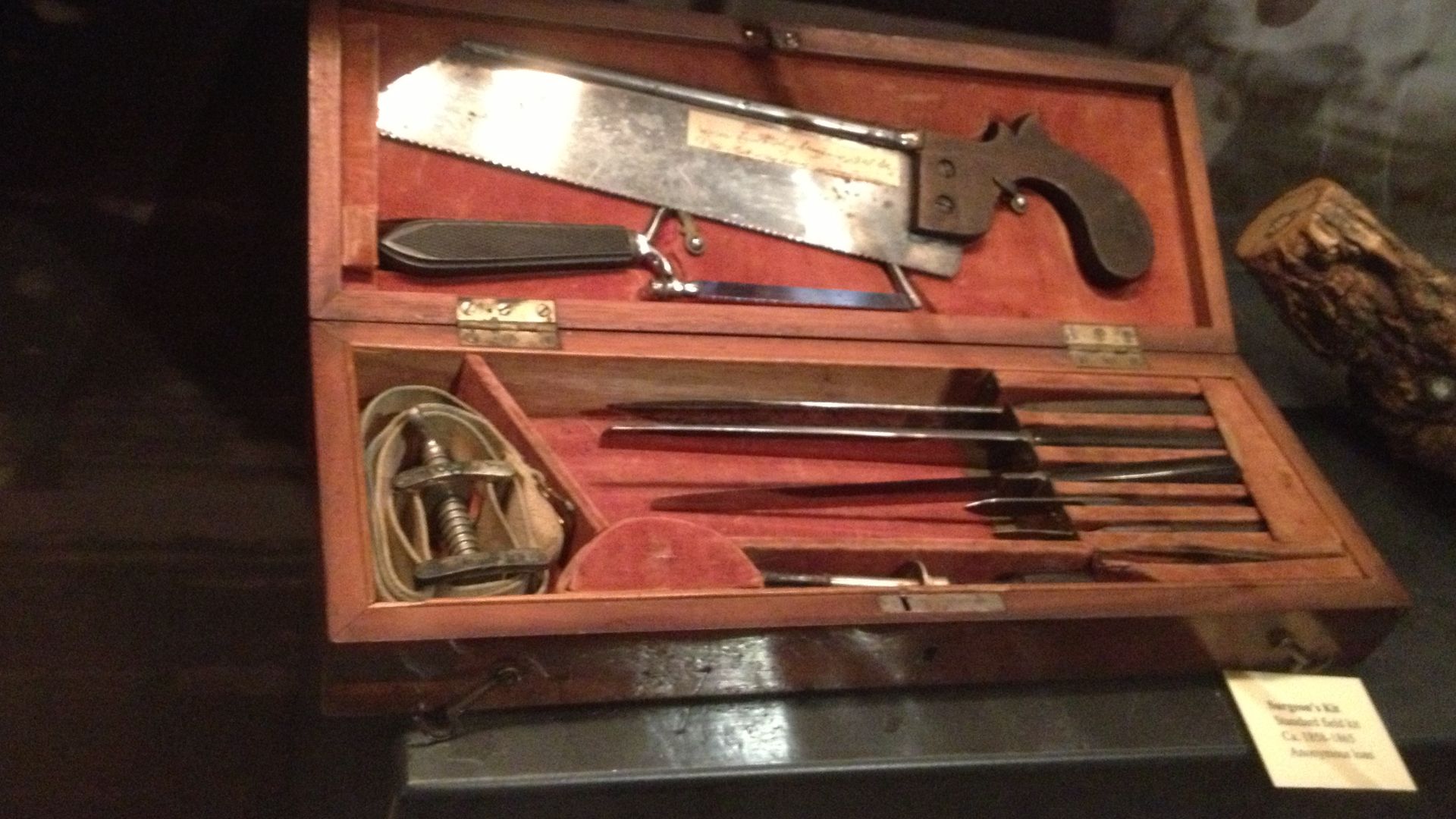 User:quadell, Wikimedia Commons
User:quadell, Wikimedia Commons
Fleams
Dating back to the 1700s, fleams were hinged, multi-blade instruments used for veterinary and human bloodletting. They were often brass-bound with horn handles. Today, rare examples with multiple interchangeable blades can sell for $1,500–$2,500.
 w:User:Tomyarbro, Wikimedia Commons
w:User:Tomyarbro, Wikimedia Commons
Ether Inhalers
Before the advent of modern anesthesia, patients breathed ether through devices like the Clover inhaler, invented in 1877. Brass-and-glass models in good condition bring $2,000–$3,000, especially if they retain their original mouthpieces.
19th-Century Microscope Sets
These scientific marvels, often in mahogany cases with multiple brass objectives and accessories, were used for early medical research. Sets from makers like Carl Zeiss or R. & J. Beck can fetch $3,500–$5,000 at auction.
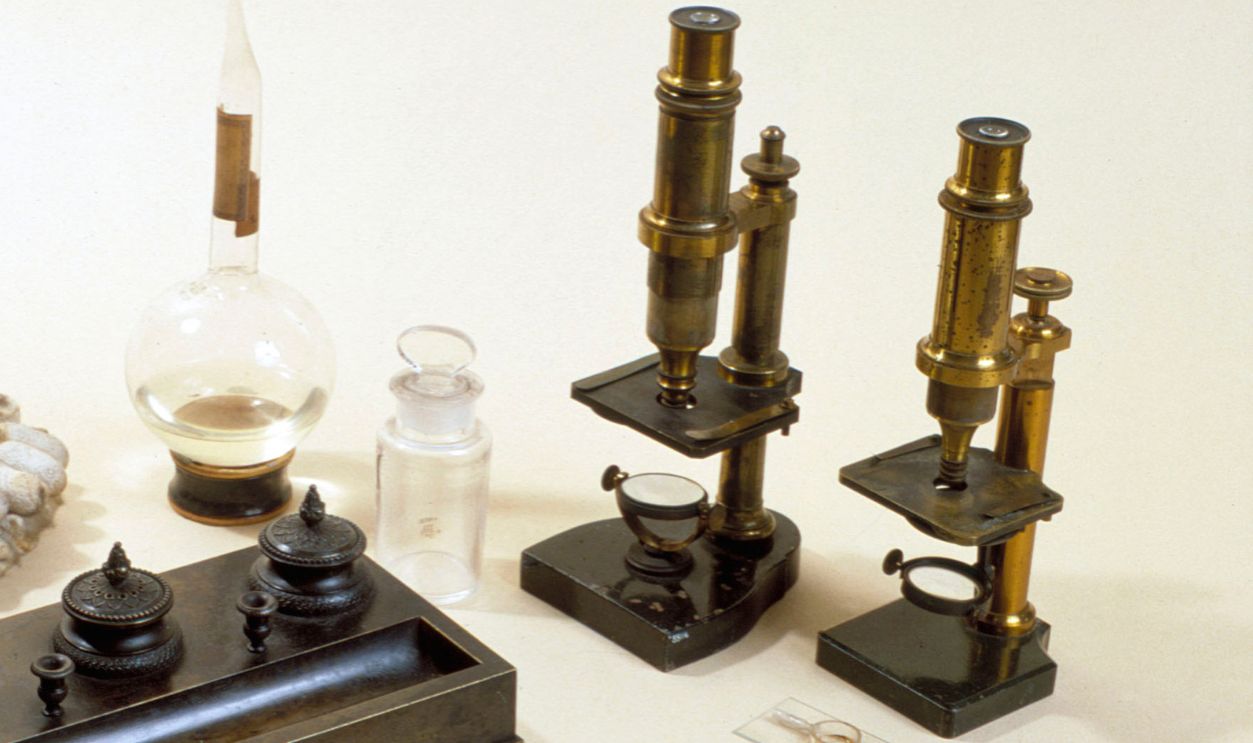 Science & Society Picture Library, Getty Images
Science & Society Picture Library, Getty Images
Dental Pelican Extractors
Used in the 16th–18th centuries for tooth removal, these curved metal tools look more like torture devices than dental instruments. Rare and early examples in good condition can command $6,000–$8,000 due to their rarity and historical significance.
 Science Museum Group Studio, Wikimedia Commons
Science Museum Group Studio, Wikimedia Commons
Antique X-Ray Tubes
Invented in the late 1890s, these early glass tubes were the heart of the first X-ray machines. Because of their fragility and importance in medical history, intact examples now sell for $8,000–$12,000.
 Kyle Senior, Wikimedia Commons
Kyle Senior, Wikimedia Commons
Blood Transfusion Apparatus by George Washington Crile
Invented in 1908, this groundbreaking device allowed for the first successful direct blood transfusions. Complete apparatus sets, especially those with documented hospital use, can sell for $15,000+, making them some of the most valuable antique medical collectibles.
Which Antique Medical Devices Would You Keep On-Hand?
Antique medical devices sit at the fascinating intersection of science, history, and craftsmanship. While some may seem bizarre or unsettling by today’s standards, each one represents a step forward in our understanding of health and the human body. Whether you’re drawn to the artistry of a hand-blown glass syringe or the historical weight of a Civil War surgical kit, collecting these artifacts is like holding a piece of medical history in your hands—quirks, curiosities, and all.

